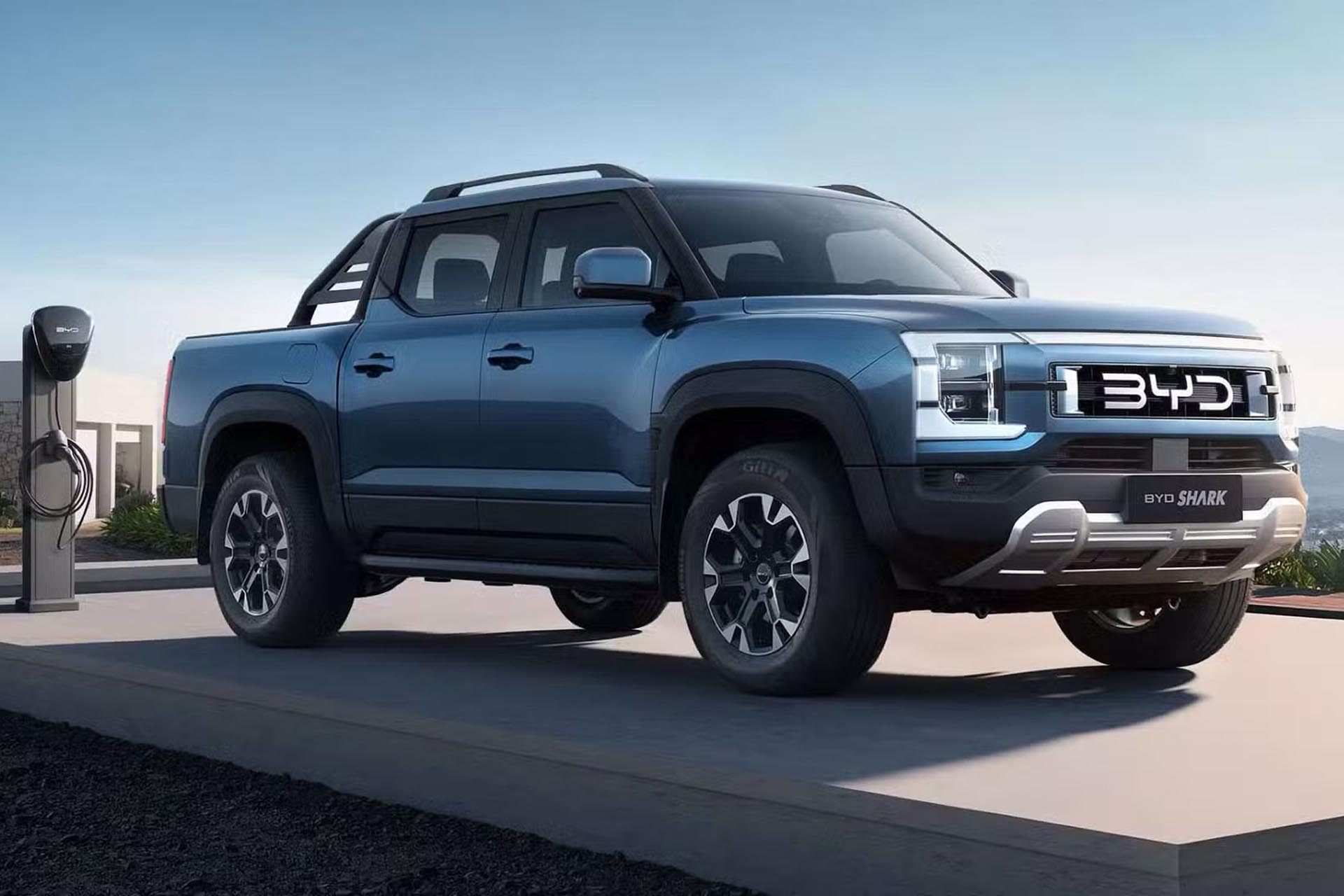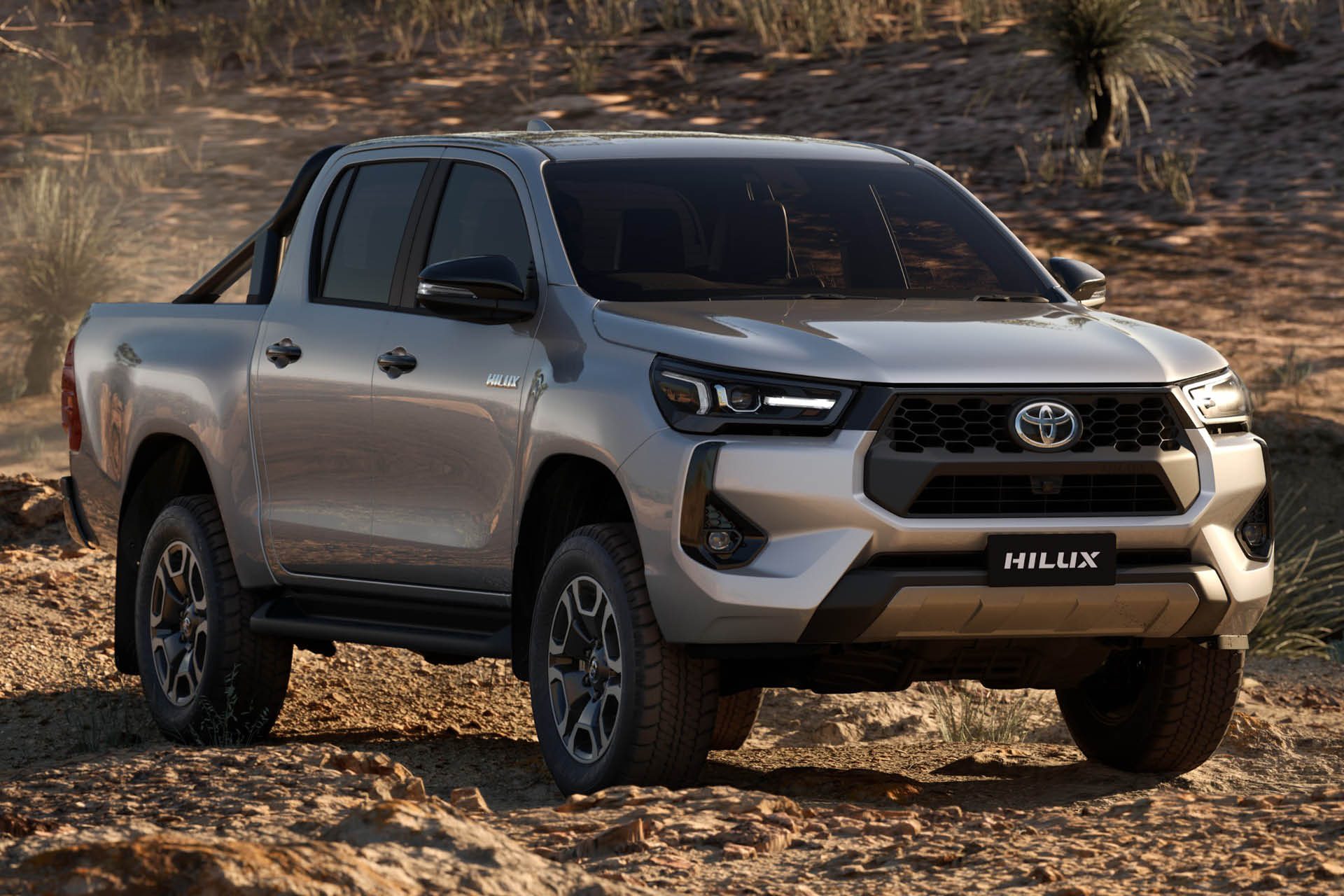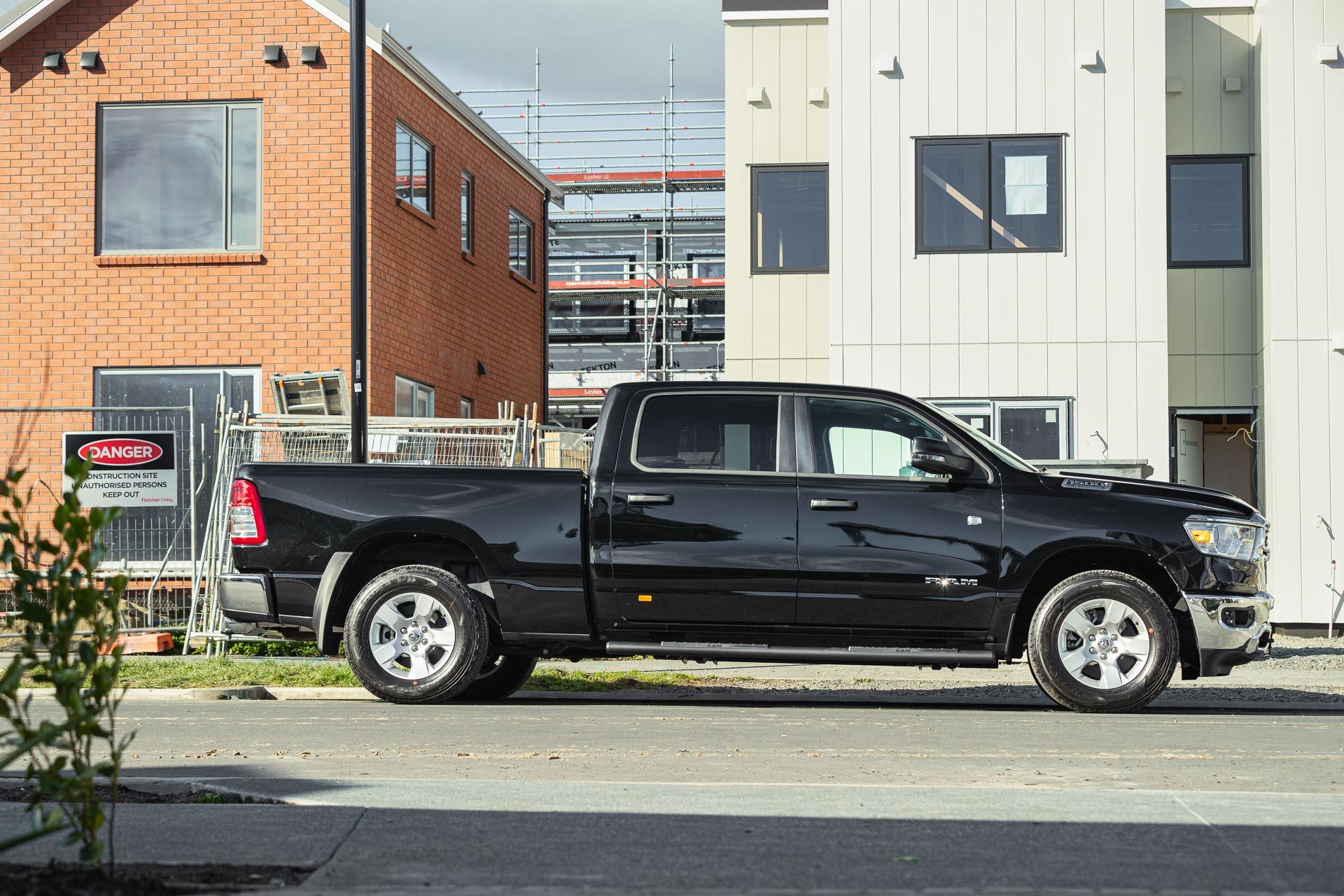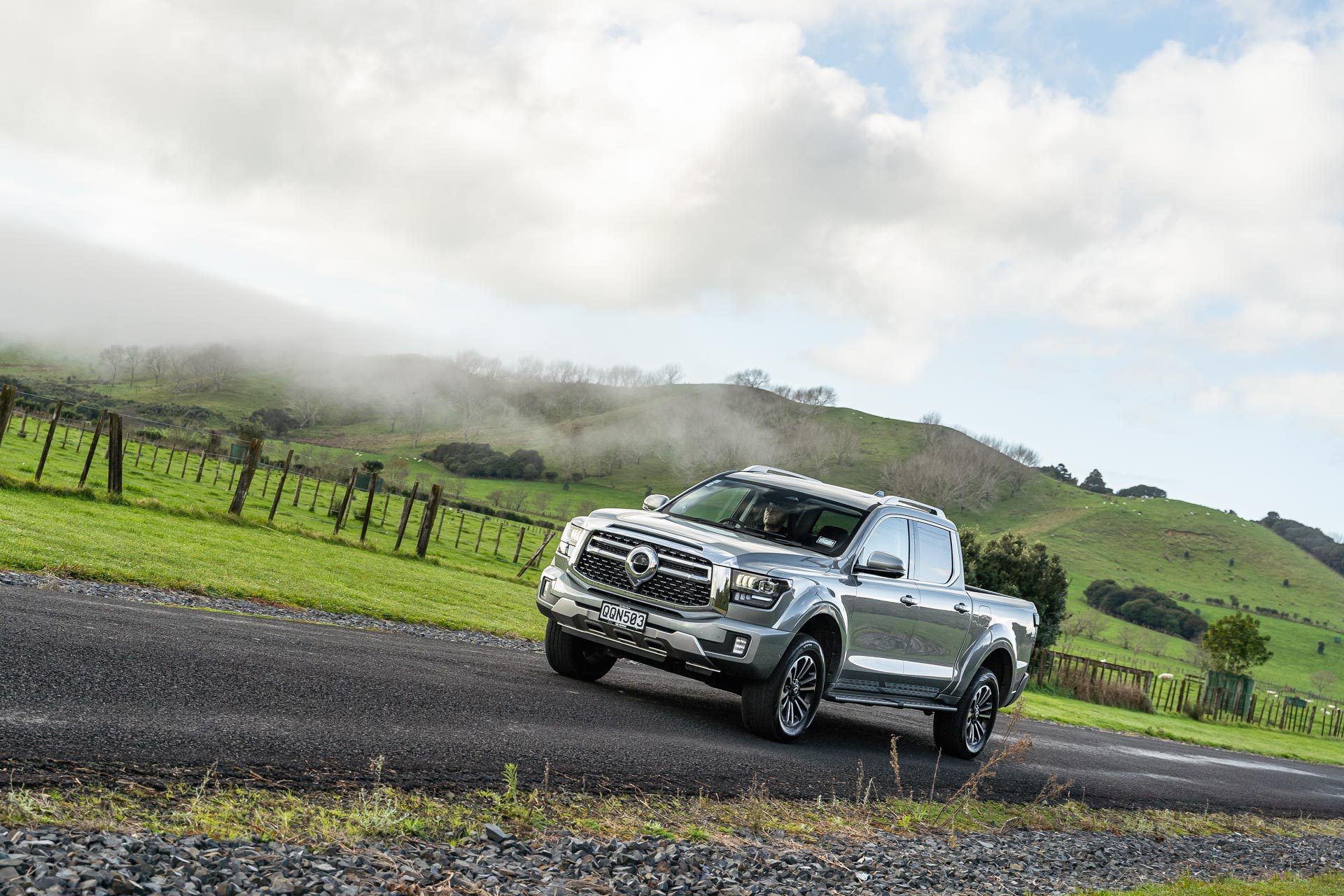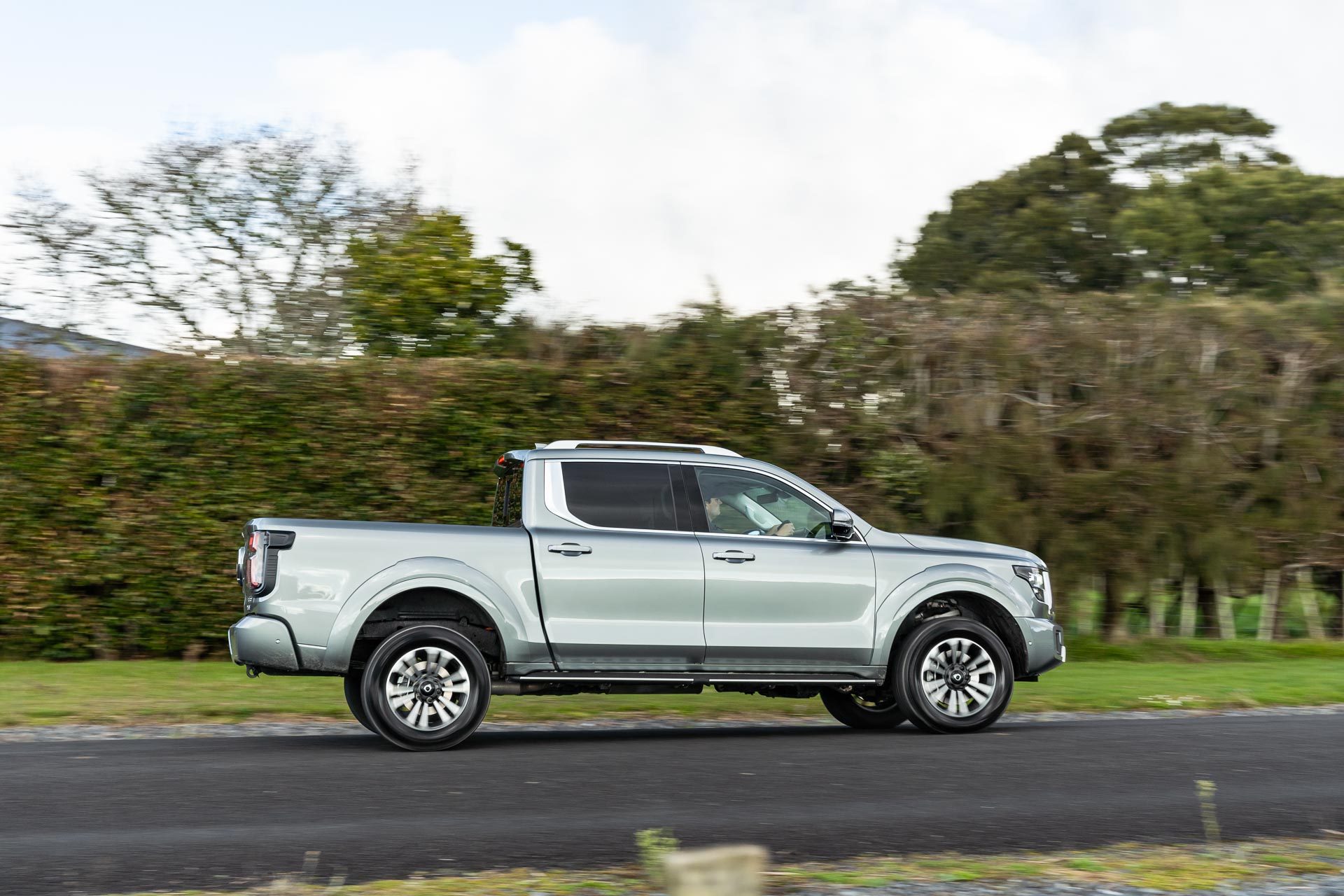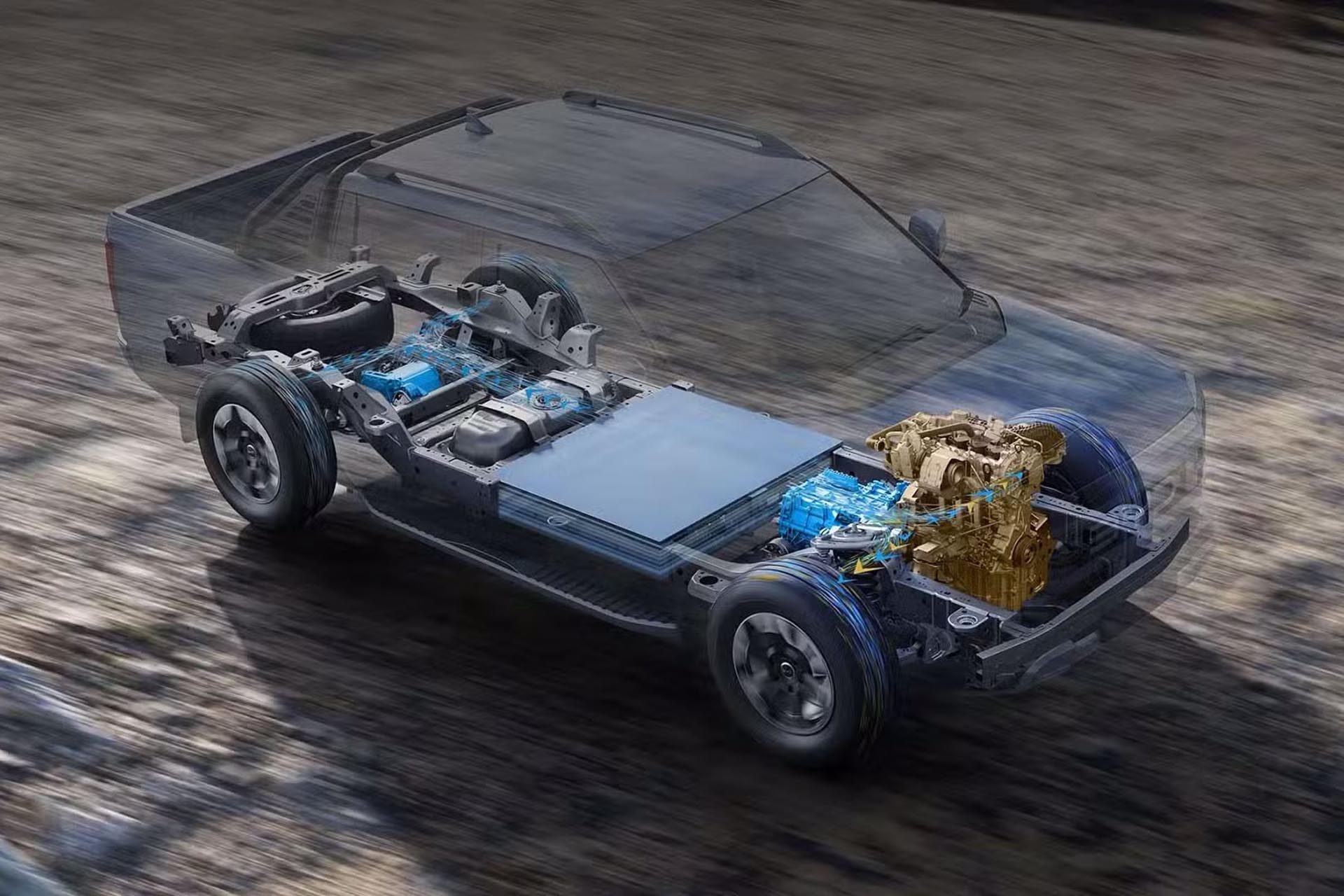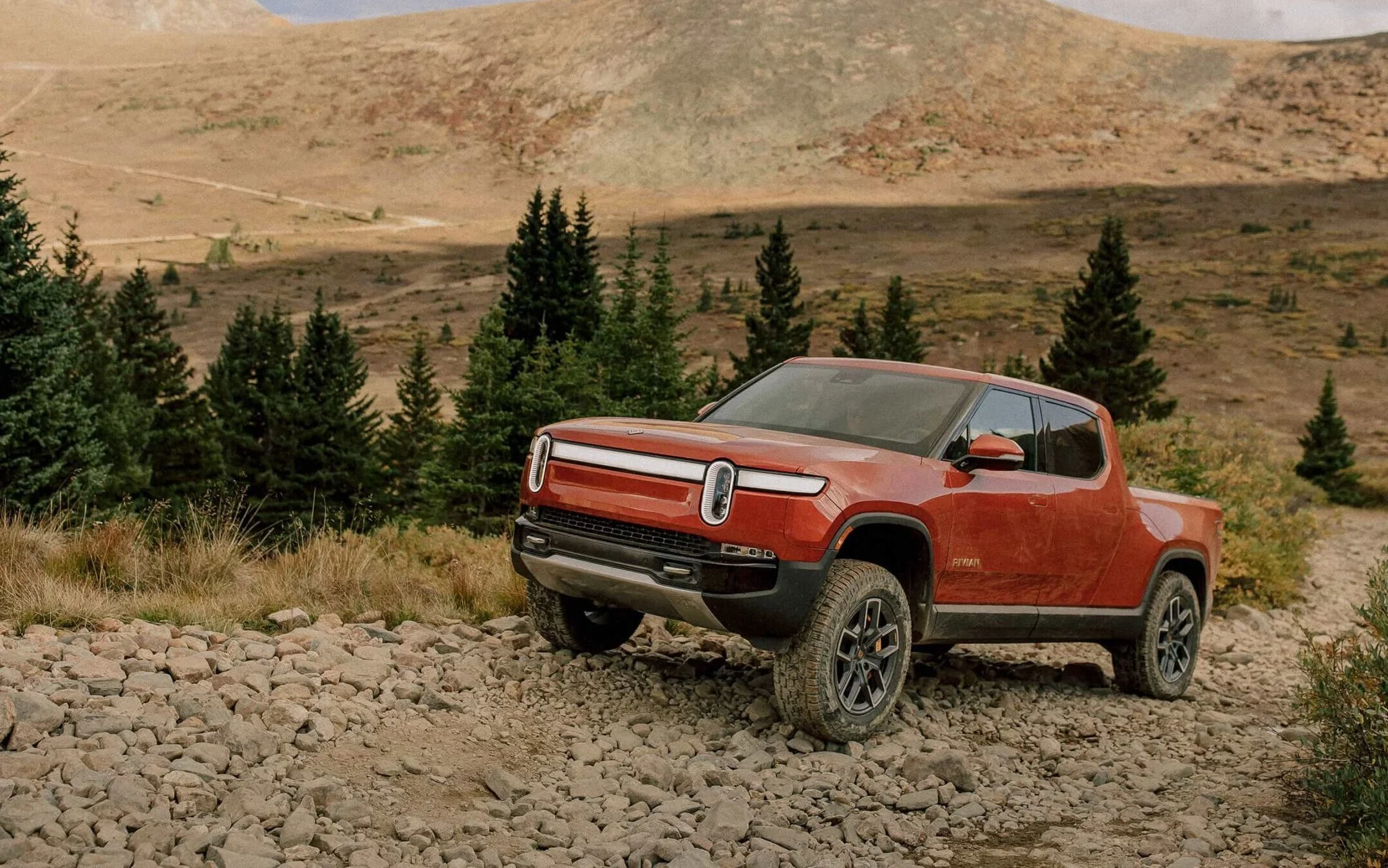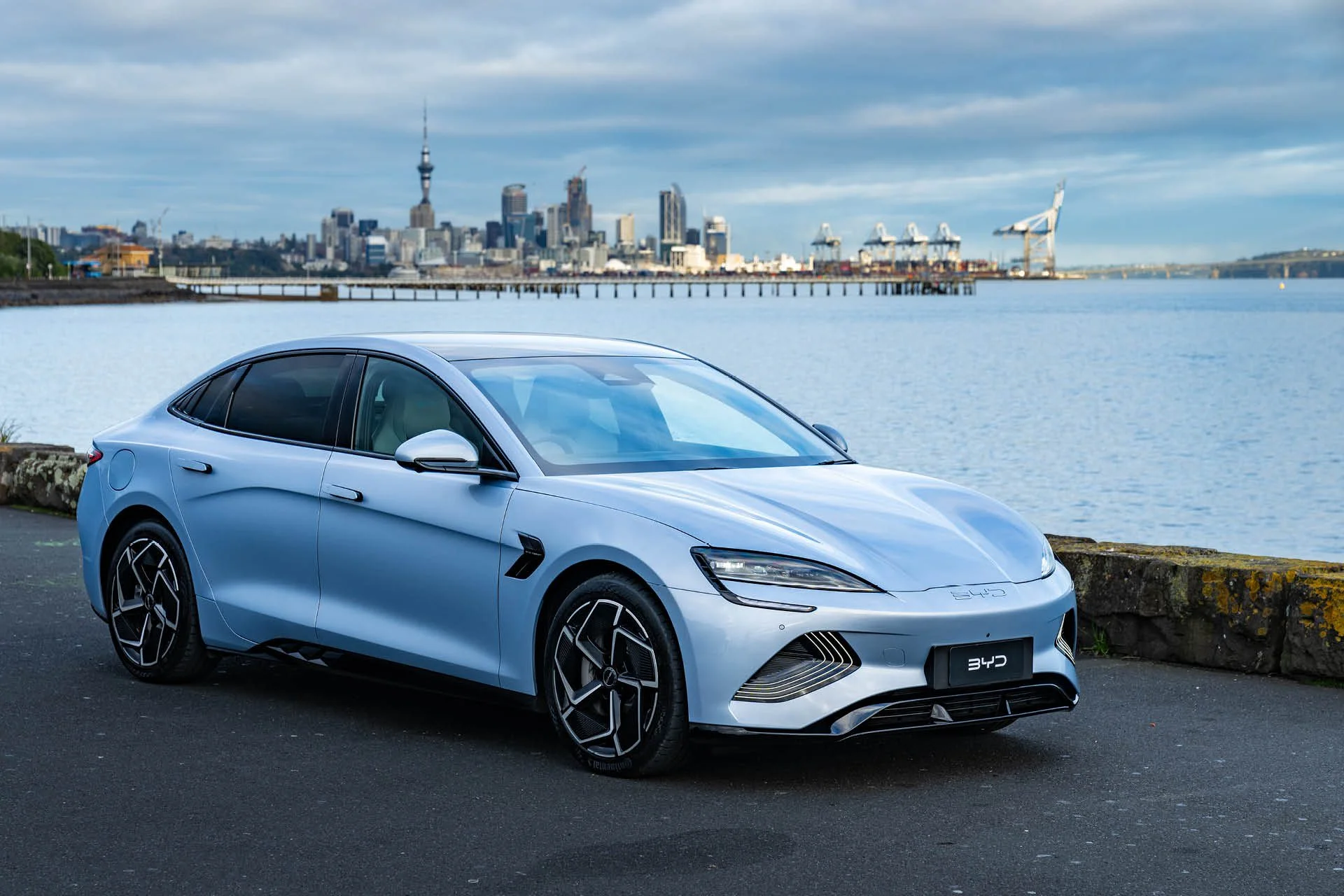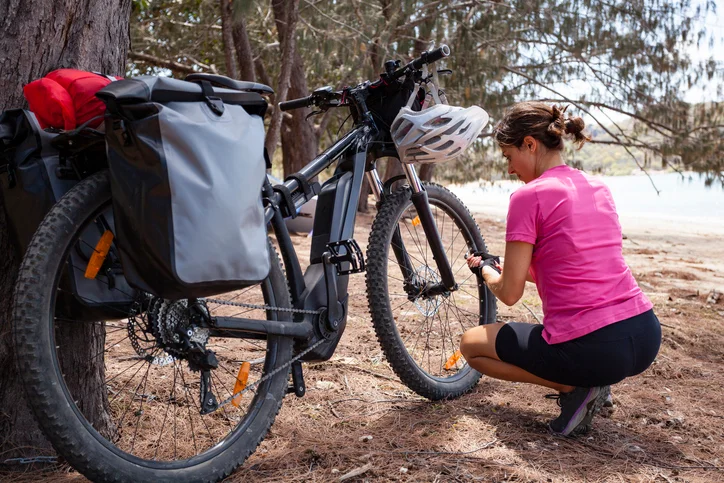Feature article
Best Hybrid Utes in NZ
Hybrid is a term used to describe the combination of an electric motor and a combustion engine to power a vehicle.

Different types of hybrids
Utes of the mild hybrid type
GWM Cannon Alpha - the first full hybrid ute in NZ
What are the best plug-in hybrid utes?
Author
Other articles you might like
